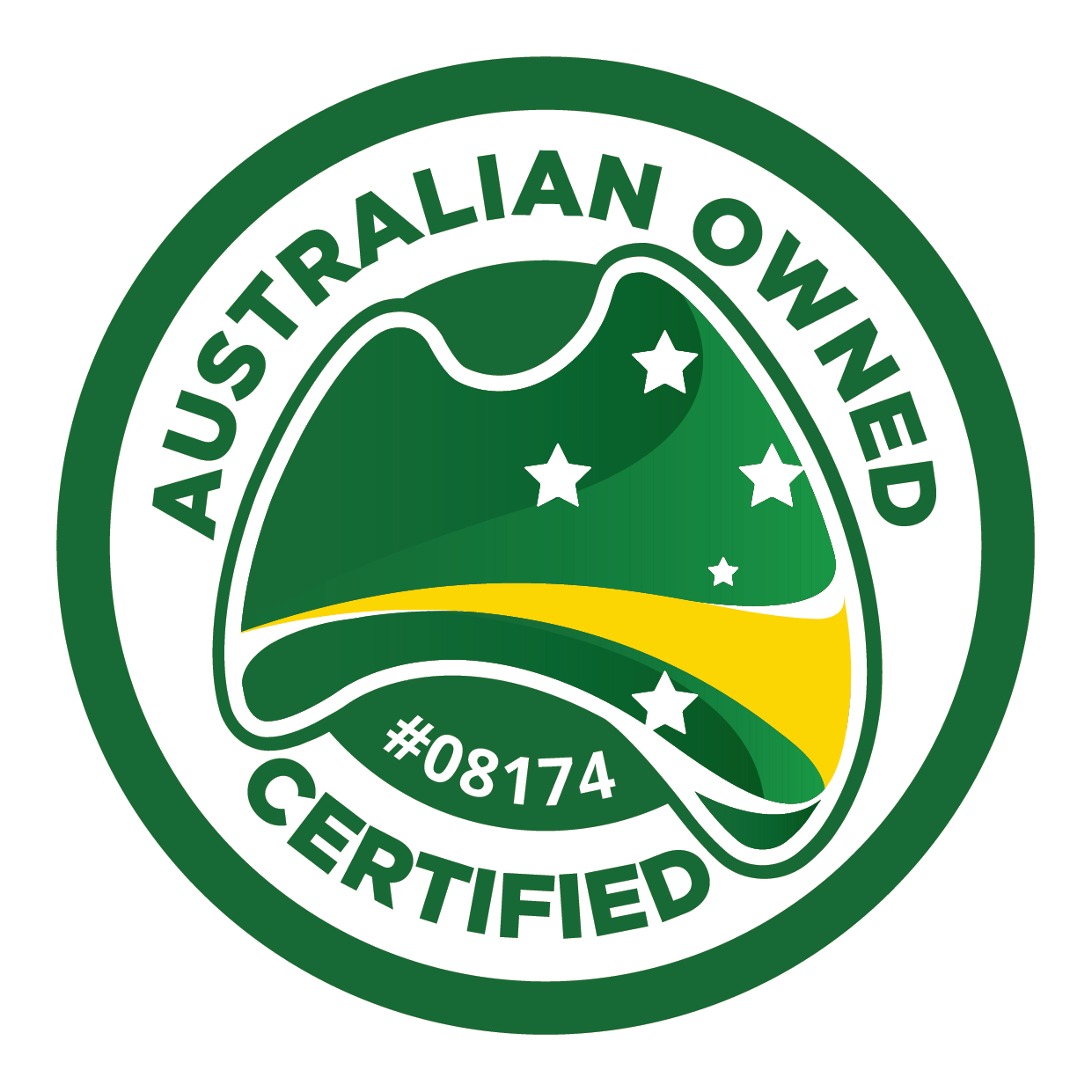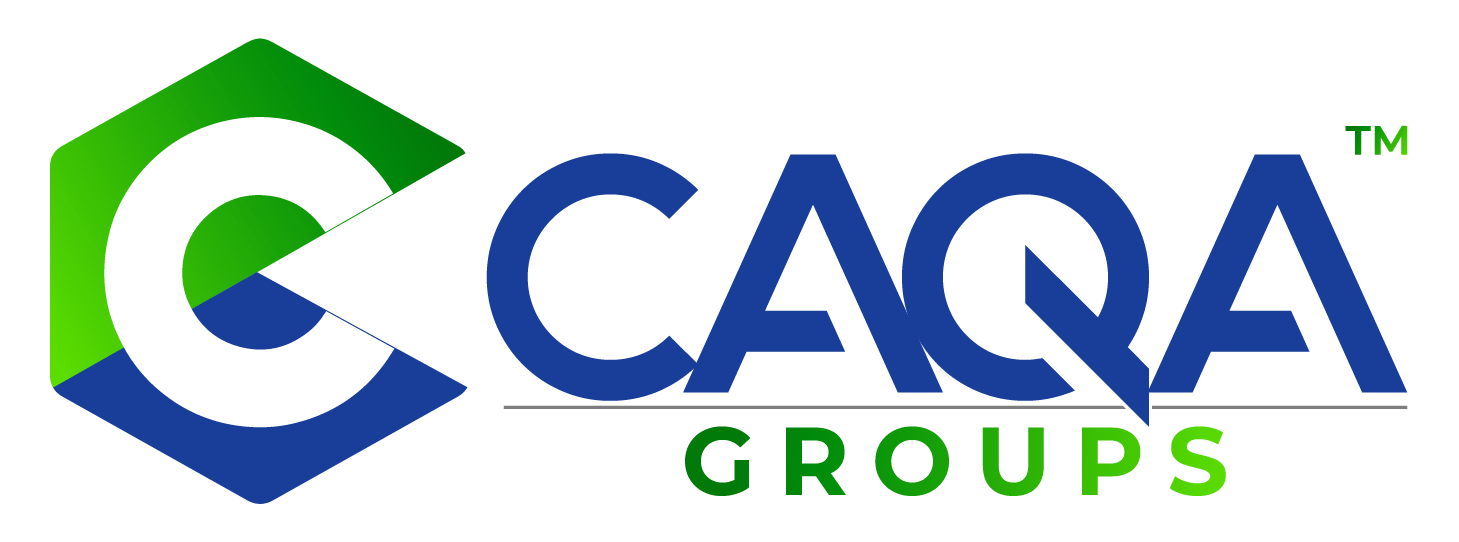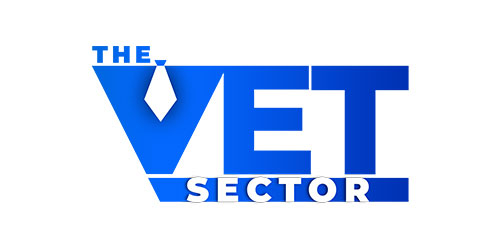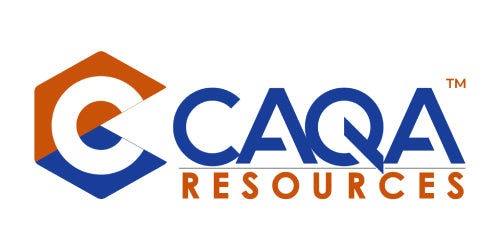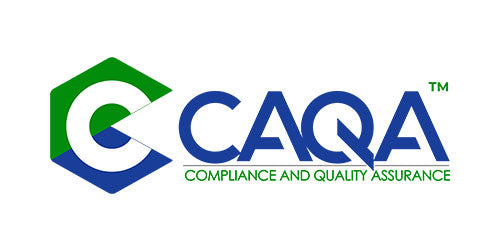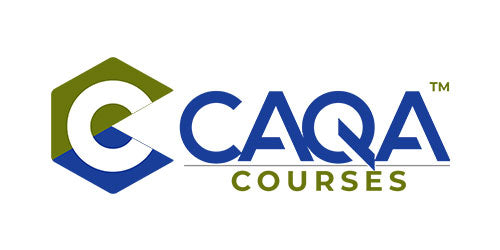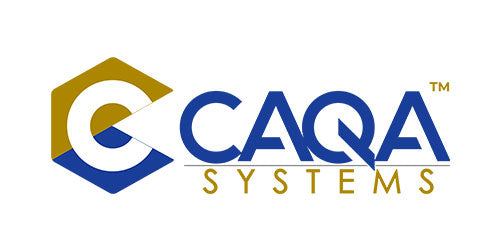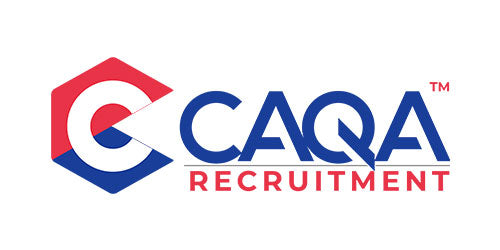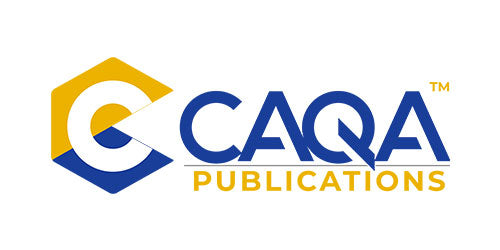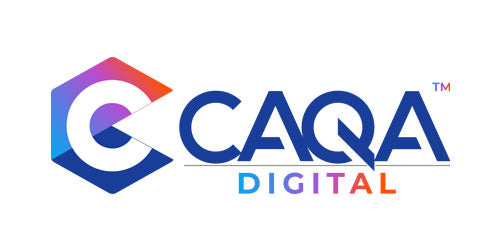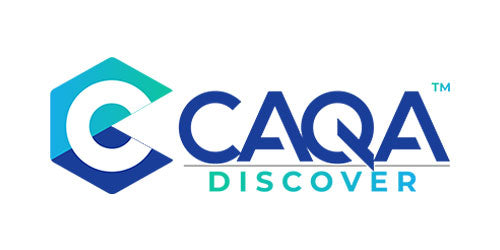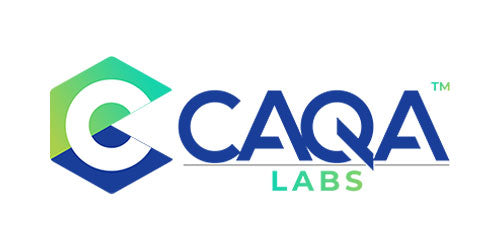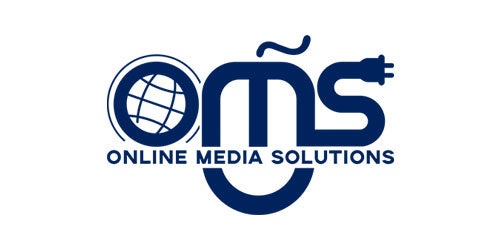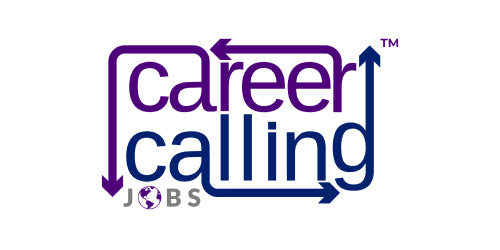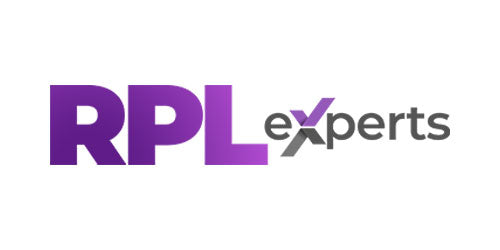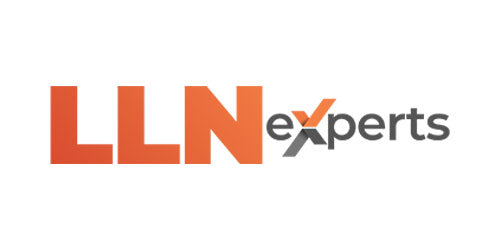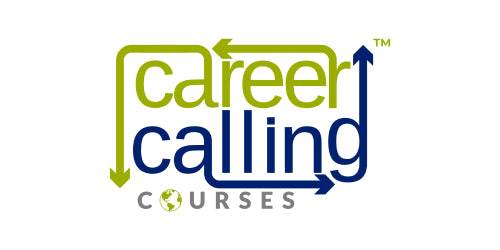In the complex landscape of vocational education and training (VET), Clause 1.2 of the Standards for Registered Training Organisations (RTOs) 2015 stands out as a crucial guideline for determining the appropriate amount of training. This clause emphasises the importance of tailoring training to meet the specific needs of each learner, taking into account their existing skills, knowledge, and experience, as well as the mode of delivery and the scope of the qualification being delivered.
Understanding Clause 1.2
Clause 1.2 states that for the purposes of Clause 1.1, the RTO determines the amount of training they provide to each learner with regard to:
- The existing skills, knowledge, and experience of the learner
- The mode of delivery
- Where a full qualification is not being delivered, the number of units and/or modules being delivered as a proportion of the full qualification
This clause recognises that learners come to training with diverse backgrounds and experiences, and that a one-size-fits-all approach to training is neither effective nor efficient. By considering these three key factors, RTOs can ensure that they provide training that is both comprehensive and tailored to individual needs.
The Importance of Learner-Centric Training
The first consideration in Clause 1.2 – the existing skills, knowledge, and experience of the learner – is perhaps the most critical. This factor acknowledges that learners are not blank slates; they bring with them a wealth of prior learning and experience that can significantly impact the amount of training they require.
For example, a learner with extensive industry experience may require less training in certain areas compared to a new entrant to the field. Conversely, a learner with limited prior knowledge may need additional support and training time to achieve competency. By assessing each learner's starting point, RTOs can design training programs that build on existing strengths and address specific gaps in knowledge and skills.
This learner-centric approach not only ensures that training is more effective but also enhances learner engagement and motivation. When learners feel that their prior knowledge is recognised and valued, they are more likely to be invested in the learning process.
Mode of Delivery: Adapting to Learning Styles and Circumstances
The second consideration in Clause 1.2 – the mode of delivery – recognises that different delivery methods can significantly impact the amount of training required. RTOs must consider whether the training is being delivered face-to-face, online, through a blended approach, or in the workplace, and adjust the amount of training accordingly.
For instance, online learning may require additional time for self-paced study and virtual interactions, while face-to-face training might allow for more immediate feedback and hands-on practice. Workplace-based training, on the other hand, might leverage real-world scenarios to accelerate skill development.
RTOs must carefully consider how different delivery modes affect learning outcomes and adjust the amount of training to ensure that all learners, regardless of the delivery method, have sufficient opportunity to develop the required skills and knowledge.
Proportional Training for Partial Qualifications
The third consideration in Clause 1.2 addresses situations where only part of a qualification is being delivered. In these cases, RTOs must determine the appropriate amount of training based on the proportion of the full qualification being undertaken.
This consideration is particularly relevant for skill sets or individual units of competency. RTOs must ensure that the amount of training provided is commensurate with the complexity and scope of the units being delivered, rather than simply pro-rating the time based on the number of units.
Implementing Clause 1.2 in Practice
To effectively implement Clause 1.2, RTOs should consider the following strategies:
- Conduct thorough pre-training assessments: Before commencing training, assess each learner's existing skills, knowledge, and experience. This can be done through interviews, practical demonstrations, or written assessments.
- Develop flexible training plans: Based on the pre-training assessment results, create individualised training plans that account for each learner's starting point and learning goals.
- Offer multiple delivery options: Where possible, provide a range of delivery modes to cater to different learning styles and circumstances. This might include a mix of face-to-face classes, online modules, and workplace-based training.
- Regularly review and adjust: Continuously monitor learner progress and be prepared to adjust the amount of training as needed. Some learners may progress faster than anticipated, while others may require additional support.
- Document decision-making processes: Keep clear records of how the amount of training was determined for each learner or cohort. This documentation is crucial for demonstrating compliance with Clause 1.2.
- Engage with industry: Regularly consult with industry representatives to ensure that the amount of training provided aligns with current industry expectations and practices.
Challenges and Considerations
While Clause 1.2 provides a framework for determining the amount of training, its implementation can present challenges for RTOs. One significant challenge is balancing individual learner needs with the practicalities of delivering training to groups. RTOs must find ways to provide personalised learning experiences within the constraints of group-based training programs.
Another consideration is the potential tension between tailoring training and maintaining consistency in outcomes. RTOs must ensure that all learners, regardless of their starting point or the amount of training received, achieve the same level of competency as defined by the training package or accredited course.
Furthermore, RTOs must be cautious not to use Clause 1.2 as justification for providing inadequate training. While the clause allows for flexibility in determining the amount of training, it should not be interpreted as permission to cut corners or deliver "quick" qualifications that do not meet industry standards.
The Role of Technology in Implementing Clause 1.2
Advancements in educational technology offer new opportunities for RTOs to implement Clause 1.2 effectively. Learning management systems (LMS) can help track individual learner progress and adapt content delivery based on performance. Adaptive learning platforms can provide personalised learning pathways, automatically adjusting the amount and type of content presented based on the learner's responses and progress.
Virtual reality (VR) and augmented reality (AR) technologies also offer exciting possibilities for tailoring training experiences. These technologies can simulate workplace environments and scenarios, allowing learners to practice skills in a safe, controlled setting. This can be particularly valuable for learners with limited workplace experience, potentially reducing the overall amount of training time required.
The Future of Clause 1.2
As the VET sector continues to evolve, the interpretation and implementation of Clause 1.2 are likely to evolve as well in the subsequent standards. There is growing recognition of the importance of micro-credentials and modular learning, which may impact how RTOs determine the amount of training for partial qualifications.
Additionally, there is increasing emphasis on the development of transferrable skills and the recognition of prior learning from non-traditional sources. This trend may lead to more sophisticated methods of assessing learners' existing skills and knowledge, further refining the process of determining appropriate amounts of training.
Clause 1.2 of the Standards for RTOs 2015 provides a crucial framework for ensuring that vocational education and training is tailored to meet the needs of individual learners. By considering the learner's existing skills and knowledge, the mode of delivery, and the proportion of the qualification being delivered, RTOs can provide training that is both efficient and effective.
Implementing this clause requires a thoughtful, learner-centric approach to training design and delivery. It challenges RTOs to move beyond one-size-fits-all training programs and embrace more flexible, personalised approaches to skill development.
As the VET sector continues to evolve, the principles embodied in Clause 1.2 will remain crucial to ensuring that training is relevant, effective, and responsive to the needs of both learners and industry. By mastering the implementation of this clause, RTOs can position themselves as leaders in delivering high-quality, learner-focused training that truly prepares individuals for success in their chosen fields.
















